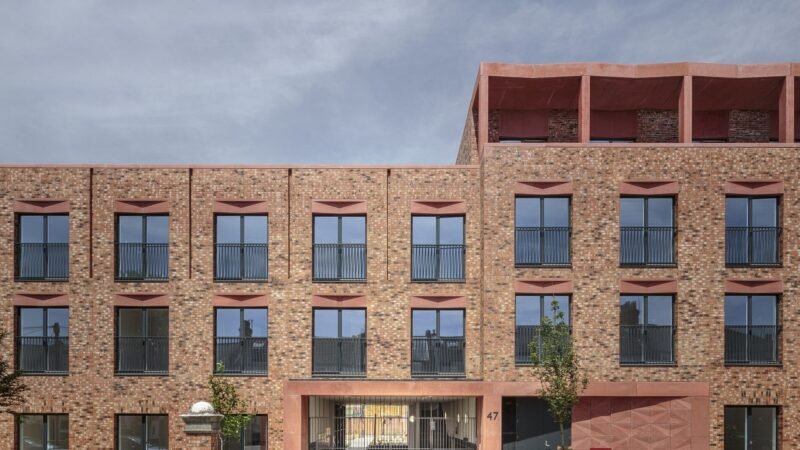Emergency Shelters Made From Paper
After working for wealthy costumers year after year Japanese architect Shigeru Ban started to question his contribution to society and decided to give his career another direction with a very different clientele. He decided to create and build emergency shelters that help people in need in disaster struck areas with nothing so simple but paper. Being on this noble course since the 1990s he has not lost sight of it ever since.
To meet all the requirements an emergency shelter demands is no piece of cake. It needs to be quick-and-easy to build yet durable, safe from all hazards of nature yet cheap enough to stay affordable, a semi-permanent structure yet no burden for its environment, and it needs to be transportable without difficulty even when large quantities are ordered. Shigeru Ban, who considers himself the first architect to seriously work with paper, did not only meet all of the above requirements but has even extended this nearly unattainable list. In addition, his buildings are recyclable, they give people dignity through privacy and they are pleasing to the eye.

The main component of Shigeru Ban’s shelters are cardboard tubes. Almost 30 years ago, when he first experimented with these long paper tubes, he was surprised to discover how easily they could be water- and fireproofed. Moreover, they turned out to be inexpensive, easy to transport, versatile, extremely durable, and, therefore, a perfect source of construction material when natural and man-made disasters occur. Since he set up his first prototypes in Rwanda in 1995 Ban has built emergency shelters made from paper all over the world, giving people much more than a roof in Japan, Haiti, Sri Lanka, India and many other places. His constructions not only serve their intended purpose in the most desirable way but often remain a beloved part of the landscape, turning houses into homes.

Shigeru Ban’s shelters in Rwanda

Emergency shelters in Kobe, Japan

Indoor emergency shelters in Japan
Designing a building for an international company that has an astronomical budget at its expense may be considered much more prestigious, socially and financially, than designing ready-to-assemble shelters. For this reason, only few architects prefer to serve the unfortunate over the fortunate. Nevertheless, several remarkable designers have devoted their time to helping society instead of helping themselves, of which some we have covered here in the past. Have a look at the Reaction Housing System, the DIY WikiHouses and, as recently published, the IKEA Refugee Shelter.



